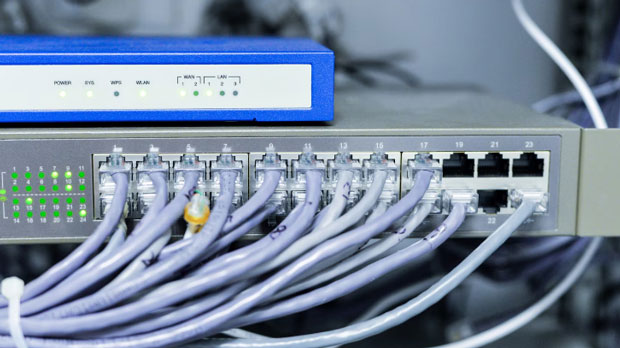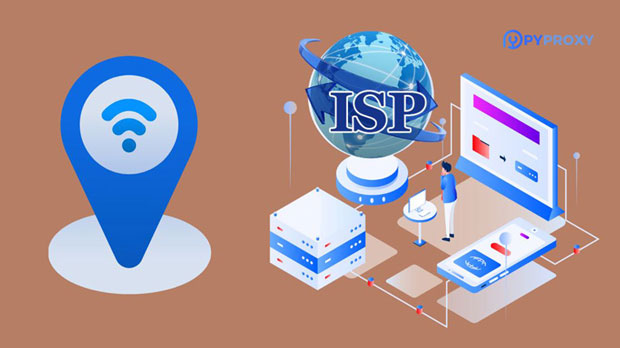How do I set up a dedicated SOCKS5 proxy for a specific application?
A socks5 proxy is a powerful tool that allows internet traffic to be routed through an intermediary server, providing users with enhanced privacy and the ability to bypass geographical restrictions. Setting up a dedicated SOCKS5 proxy for specific applications, rather than applying it system-wide, can offer more tailored and secure browsing experiences. This guide will take you step-by-step through the process of configuring a SOCKS5 proxy for individual programs. We will explore the various methods, requirements, and tips to ensure a seamless integration of this proxy setup into your applications, whether you are using it for web browsing, torrenting, or other services. Understanding SOCKS5 Proxy: What It Is and How It WorksBefore diving into the setup process, it's important to understand the fundamentals of SOCKS5. SOCKS5 is the latest version of the SOCKS (Socket Secure) protocol, which allows network packets to be relayed through a proxy server. The main advantage of using a SOCKS5 proxy over other proxies, such as HTTP or HTTPS proxies, is its flexibility and ability to handle a variety of traffic types, including those for games, P2P applications, and other non-HTTP protocols. One of the key features of SOCKS5 is its support for advanced security measures, including authentication mechanisms to ensure that only authorized users can connect to the proxy server. This makes SOCKS5 a preferred choice for many who seek both anonymity and speed when accessing the internet.Why Set Up a SOCKS5 Proxy for Specific Applications?Configuring a SOCKS5 proxy for individual applications allows for more granular control over which services use the proxy and which do not. This can be beneficial for several reasons:1. Improved Security and Privacy: By routing only specific traffic through the proxy, you can isolate sensitive activities (such as browsing or file sharing) from other non-sensitive processes, reducing the risk of exposing your entire network.2. Bypass Geo-Restrictions: Many applications or services restrict access based on geographical location. A SOCKS5 proxy enables you to bypass these restrictions for individual programs, while leaving other traffic unaffected.3. Better Performance: Applying a proxy only to specific applications can reduce overall network load, avoiding unnecessary proxy use for activities that do not require it.4. Enhanced Customization: You can set different proxy configurations for different applications, such as using SOCKS5 for torrenting but not for general web browsing.Step-by-Step Guide to Setting Up SOCKS5 Proxy for Specific ApplicationsNow, let's explore the practical steps involved in setting up a dedicated SOCKS5 proxy for a specific application. The process will vary depending on the operating system and the software in question. Below, we provide general guidance for both Windows and macOS, along with some tips for commonly used applications.1. Windows – Setting Up SOCKS5 Proxy for Specific ApplicationsFor most Windows users, setting up a SOCKS5 proxy for a specific application involves configuring the application’s own proxy settings. Windows itself does not offer an easy way to apply a proxy exclusively to a single program without affecting the system’s entire network, so you must rely on individual application settings.- Step 1: Identify the Application’s Proxy Settings Many popular applications like web browsers (e.g., Firefox, Chrome), torrent clients (e.g., qBittorrent, uTorrent), or messaging apps (e.g., Skype) support proxy configurations. Open the application’s settings or preferences menu to find the proxy section.- Step 2: Configure the Proxy In the proxy settings, enter the socks5 proxy server's IP address and port. Ensure that the protocol is set to SOCKS5, and if necessary, enter the username and password for authentication (if your proxy service requires it).- Step 3: Test the Configuration Once the proxy settings have been configured, restart the application and verify that the proxy is working. For browsers, you can visit a site that shows your IP address to check if the IP has changed.2. macOS – Configuring SOCKS5 Proxy for Specific ApplicationsmacOS allows more flexibility than Windows in terms of system-wide proxy configurations, but, like on Windows, you must configure applications individually unless you want to apply the proxy to the entire system.- Step 1: Locate Application-Specific Proxy Settings Many macOS applications, particularly web browsers or torrent clients, offer dedicated sections to input SOCKS5 proxy details. Navigate to the preferences or settings page of the application.- Step 2: Input the Proxy Details Just as with Windows, enter the SOCKS5 proxy server’s IP address, port, and, if necessary, the authentication credentials. Ensure that you have selected SOCKS5 as the proxy protocol.- Step 3: Check the Connection After entering the required details, test the proxy connection by using the application to access a service that reveals your IP address. Confirm that the IP address corresponds to that of the proxy server.3. Configuring SOCKS5 Proxy in Web BrowsersWeb browsers, such as Firefox, provide native support for socks5 proxies. For example, in Firefox, the proxy settings can be adjusted as follows:- Open the “Preferences” or “Options” menu.- Go to the “Network Settings” section, which can be found under the “Advanced” tab.- Choose the “Manual Proxy Configuration” option and enter the SOCKS5 proxy details (IP address and port).- Select “SOCKS5” from the drop-down menu and, if needed, enter authentication credentials.- Test the proxy connection by visiting a website that shows your IP address.4. Configuring SOCKS5 Proxy in Torrent ClientsTorrent clients, such as qBittorrent or uTorrent, often provide proxy settings that allow you to route torrent traffic through a SOCKS5 server. Here’s how to configure it:- Open the settings menu and locate the “Connection” or “Proxy” section.- Enter the SOCKS5 proxy details, including the IP address, port, and authentication credentials.- Ensure that the proxy is applied to both peer-to-peer connections and tracker communication for optimal privacy.- Restart the client and verify the connection by checking your external IP address while downloading or uploading torrents.5. Troubleshooting and Ensuring Smooth OperationAfter setting up the SOCKS5 proxy for your specific application, there are a few common issues that users may encounter. Here's how to troubleshoot them:- Connection Errors: If you can't connect to the application after configuring the proxy, double-check the proxy server’s details, including the IP address and port number. Also, ensure that the application supports SOCKS5 proxies.- Authentication Failures: If the proxy requires authentication and you're experiencing issues, ensure that the username and password are correct and that they are entered in the correct fields.- IP Leaks: Some applications may still leak your real IP address despite using a proxy. To avoid this, make sure that DNS requests and WebRTC requests are also routed through the proxy.ConclusionSetting up a dedicated SOCKS5 proxy for specific applications is an effective way to enhance privacy, improve security, and circumvent geographic restrictions without affecting your entire system. By configuring each application individually, you maintain control over which traffic is routed through the proxy and which isn't. Following the steps outlined in this guide, you can easily set up SOCKS5 proxies for your web browsers, torrent clients, and other software applications, ensuring an optimal and secure internet experience.
2025-01-03

























































